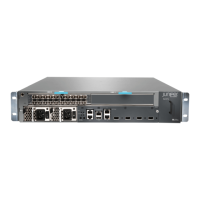Table 21: DC-Powered Base Router Power Requirements for the Fixed MX80 Router
Current
Requirement
(Amps @
–48 VDC)
Power
Requirement
(Watts)Fixed Chassis Configuration
6.7 A
(approximate)
320 WChassis running at high activity, with four 10-Gigabit
Ethernet XFPs, and fans running at high speed
Table 22: DC-Powered Base Router Power Requirements for the MX5, MX10, MX40, and
Modular MX80 Router
Current
Requirement
(Amps @
–48 VDC)
Power
Requirement
(Watts)Modular Chassis Configuration
6.5 A
(approximate)
310 WChassis running at high activity, with four 10-Gigabit
Ethernet XFPs, two MICs, and fans running at high speed
Table 23 on page 40 lists the power requirements for various hardware components
when the router is operating under typical voltage conditions.
Table 23: Component Power Requirements for DC-Powered Routers
Current
Requirement
(Amps @
–48 VDC)
Power Requirement
(Watts)Component
0.73 A35 WMIC (generalized value)
These examples show how to calculate typical power consumption for your DC-powered
router configuration. The examples use generalized values for MICs. For exact MIC power
requirements, see the MX Series Interface Module Reference.
Typical power consumption for modular DC-powered routers:
•
Active DC-powered router with one MIC:
Base router (high activity, with four 10-Gigabit Ethernet XFPs, and fans running at high
speed) + 1 MIC =
5 A + 0.73 A = 5.73 A @ –48 VDC = 275 W DC
•
Active DC-powered router with two MICs:
Base router (high activity, with four 10-Gigabit Ethernet XFPs, and fans running at high
speed) + 2 MICs
5 A + 2(0.73 A) = 6.46 A @ –48 VDC = 310 W DC
•
Input current from a DC source other than –48 VDC (based on maximum configuration;
applies to DC power supply only):
Copyright © 2019, Juniper Networks, Inc.40
MX5, MX10, MX40, and MX80 Universal Routing Platforms Hardware Guide

